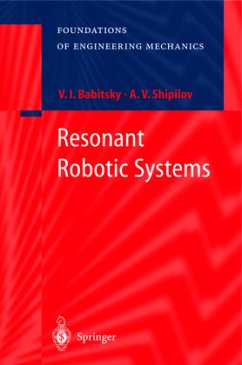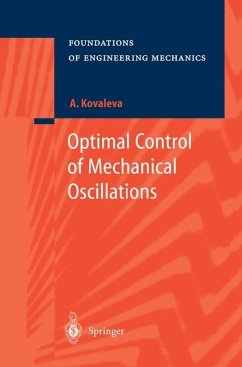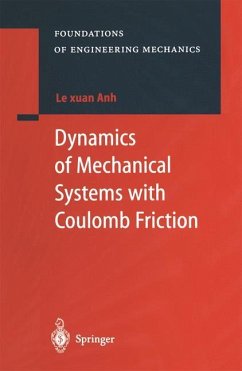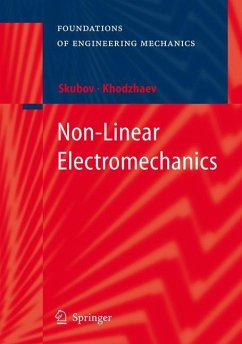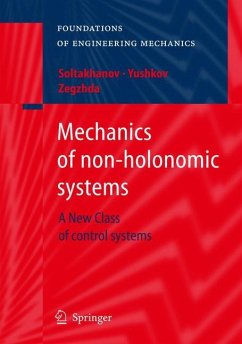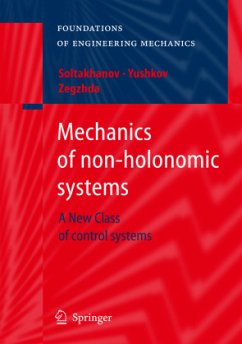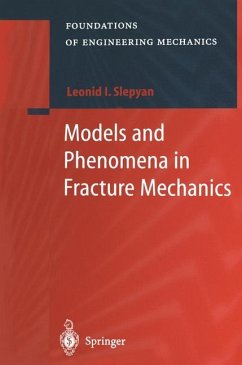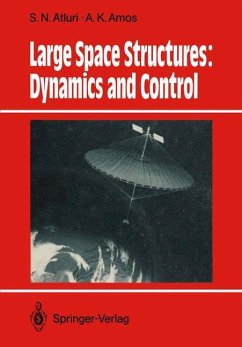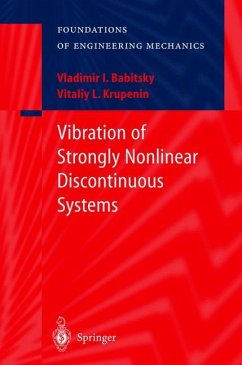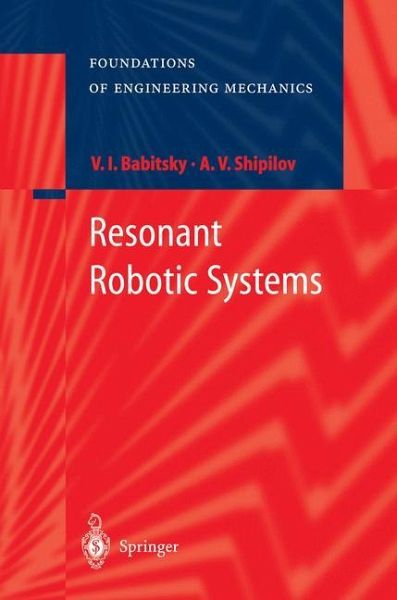
Resonant Robotic Systems
Versandkostenfrei!
Versandfertig in 6-10 Tagen
76,99 €
inkl. MwSt.

PAYBACK Punkte
38 °P sammeln!
Especially designed as self-sustaining oscillating systems, resonant robotic systems use the natural modes of oscillation of electromechanical modules for their movements. In fact, manipulator systems built on these principles demonstrate record-breaking characteristics in performance. The authors summarize the results and experience of research on, and development of, resonant robotic systems. For the readers convenience, a presentation of design concepts is followed by solutions to new dynamical and control problems. The book is intended for designers, researchers and graduate students.
Especially designed as self-sustaining oscillating systems, resonant robotic systems use the natural modes of oscillation of electromechanical modules for their movements. In fact, manipulator systems built on these principles demonstrate record-breaking characteristics in performance. The authors summarize the results and experience of research on, and development of, resonant robotic systems. For the readers convenience, a presentation of design concepts is followed by solutions to new dynamical and control problems. The book is intended for designers, researchers and graduate students.





